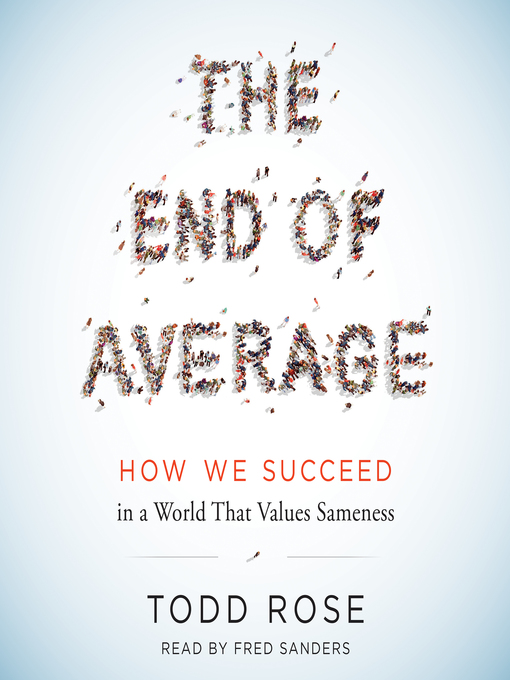 Last summer, I was attending a conference and the keynote speaker mentioned Todd Rose’s book The End of Average: How We Succeed in a World that Values Sameness. I took the step that was not possible when I started my career, took out my phone and ordered a copy before the speaker was done. I read it last summer, and again this summer. I believe I will add it to my summer reading list in perpetuity.
Last summer, I was attending a conference and the keynote speaker mentioned Todd Rose’s book The End of Average: How We Succeed in a World that Values Sameness. I took the step that was not possible when I started my career, took out my phone and ordered a copy before the speaker was done. I read it last summer, and again this summer. I believe I will add it to my summer reading list in perpetuity.
Rose begins with a simple story: Military pilots were crashing planes, and pilots were blamed. An insightful researcher realized the cockpit of the planes were built for the “average pilot” based on 1926 measurements of the men who were pilots, but no one pilot was average in all of the dimensions. The pilots it turned out were not to blame, but the misfit between their bodies and the machines made them inefficient and dangerous. Once the cockpits were built with adjustable seats and other controls (over the strong objections of the manufacturers who claimed it would be too expensive), the pilots stopped crashing.
This serves as an introduction to the jagged principle: Talent (or any other “thing” we wish to quantify is not one dimensional. If we do treat it as one dimensional, Rise reasons, we are missing the variation that describes one’s real talents. He continues to describe the many factors that can affect what we observe. In one example, Rose describes aggression. While we might conclude that one who is labeled “aggressive” will always display that behavior, but researchers find context matters. A child may be aggressive at school towards peers who are bullying, but not towards other peers or towards adults.
The intense focus on averages and comparing individuals to averages, Rose argues, is based on Fredrick Taylor’s approach to increasing the efficiency of manufacturing (which was also applied to education designed to support and reflect that economy) as well as psychology that assumed humans have essential traits or behaviors (such as aggression as described above). Rose suggests these assumptions are not valid and suggests that business, schools, and other organizations that continue to make judgements and decisions in those manner are in a lose-lose situation: the organization suffers because talent is unrecognized and un-utilized and individuals miss opportunities to develop and apply their talents.
When this book goes back on the shelf to await its turn to be read again next summer, I am left with the realization that “fit creates opportunity.” My classroom, my work with colleagues, and my design of materials must adjust to the students. It must also communicate the conclusion, “you are unique, and it is my job help you find that uniqueness and leverage it to our mutual benefit.”
Rose makes clear this cannot be communicated if we continue to hold “sameness” as a value.